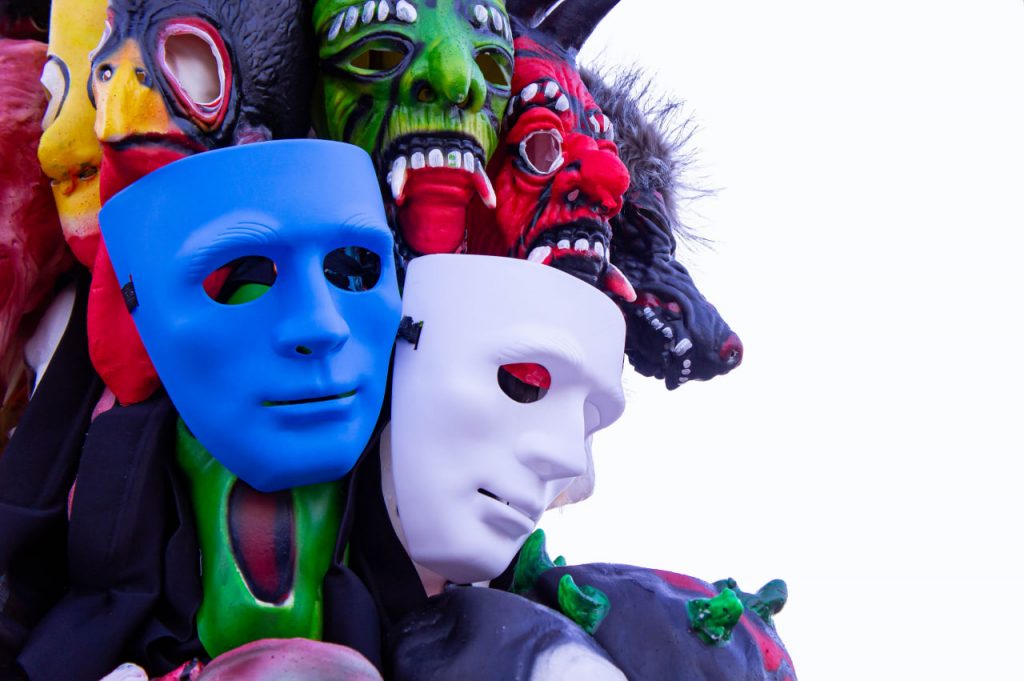Masks have long been central to festivals around the world, serving as vibrant expressions of community spirit, cultural identity, and collective celebration. Far beyond their decorative appeal, masks function as bridges between the everyday and the sacred, the individual and the collective, inviting participants and spectators to partake in shared stories and traditions.
In many cultures, festivals are times when masks transform wearers into characters from myths, ancestors, or spirits. This transformation allows individuals to step outside their usual roles and engage in rituals that reaffirm communal values and social bonds. For example, in the traditional Venetian Carnival, masks enabled people to conceal their identities, breaking down class barriers and allowing for freer social interaction.
Similarly, in indigenous cultures such as those of the Pacific Northwest or West Africa, masks are often used during dances and ceremonies that tell stories of origin, nature, and spiritual beliefs. These performances foster a sense of belonging and continuity, connecting participants to their history and each other.
Masks also serve as powerful tools for cultural expression and resistance. In some communities, masks symbolize resilience against oppression or colonization, preserving identity through artistic means. Festivals provide a platform to celebrate this heritage and educate younger generations about their roots.
At Festival Mask Workshop, we explore how masks function not only as beautiful art but as living cultural artifacts that unite communities and affirm identities. Our courses guide you through the historical and social significance of festival masks, enriching your creative process with deeper understanding.
Whether you seek to honor tradition, express creativity, or engage with global cultures, festival masks offer a unique medium to celebrate diversity and shared humanity through the universal language of festivity.

